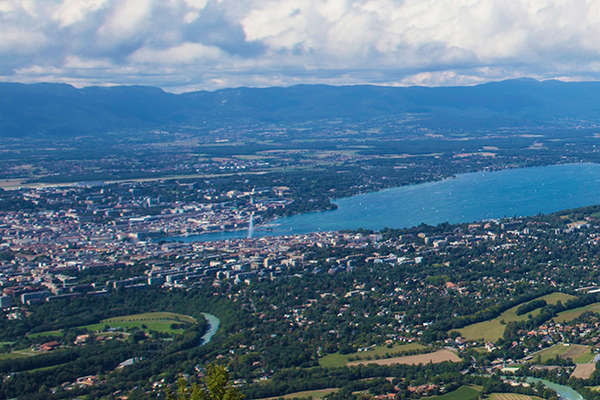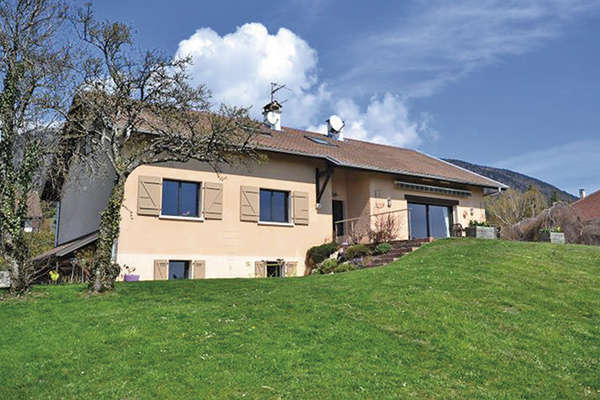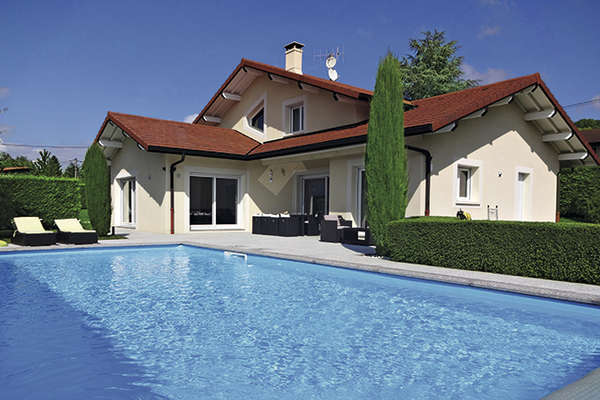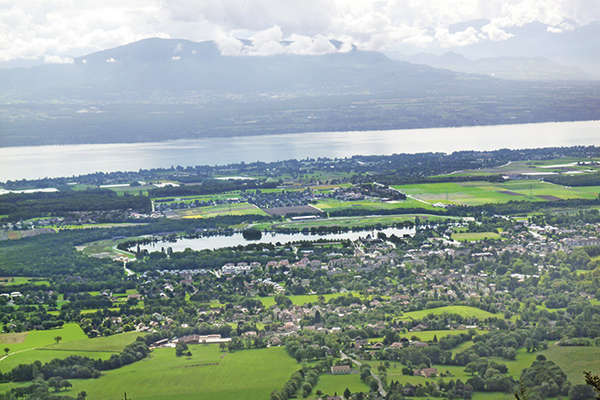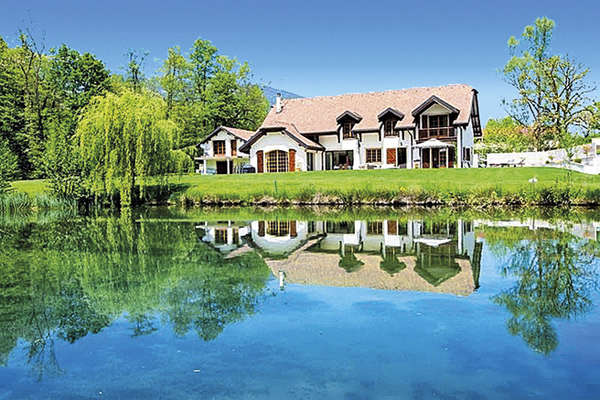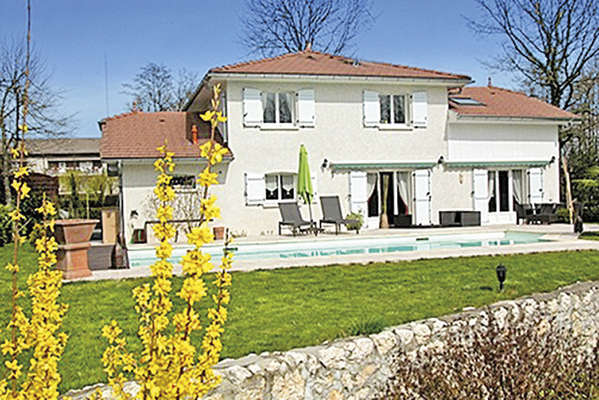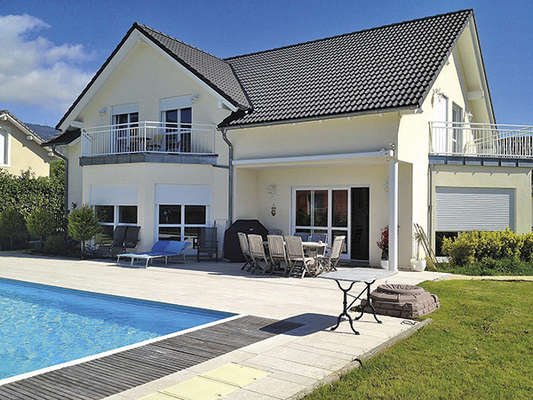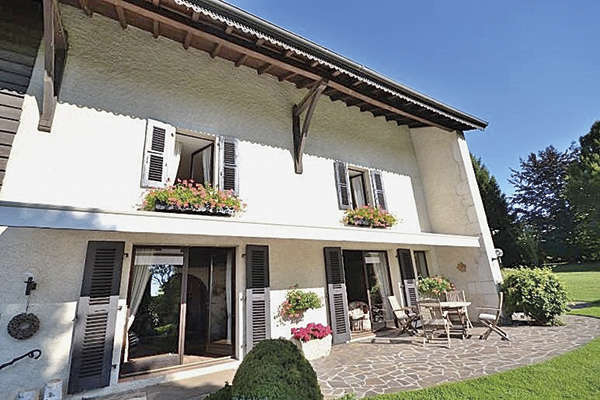Lyon 3 : an “arrondissement” under the spotlights
By Laetitia Rossi - 27 April 2010
Construction of the Oxygène tower, 115 metres high, a shopping complex of 11,000 m2 and 28,000 m2 of offices all reflect the go-ahead approach of the 3rd “arrondissement”. There are more and more projects on the drawing board, thus limiting the impact of the recession. Our experts provide the details...
Lyon 3 : an “arrondissement” under the spotlights Construction of the Oxygène tower, 115 metres high, a shopping complex of 11,000 m2 and 28,000 m2 of offices all reflect the go-ahead approach of the 3rd “arrondissement”. There are more and more projects on the drawing board, thus limiting the impact of the recession. Our experts provide the details... The 3rd “arrondissement” of Lyon consists of five distinct zones. With winding lanes crossing straight main roads, Villette/Paul-Bert draws industrial firms. Car-dealers, textile, printing, carpentry and chemical companies are already dotted around the scenery. Despite the low density, this is a lively sector. Urbanization of Montchat began in the 19th century. The first allotments were created in 1858. Sixty-five gardens of 150 m2, a source of delight for the people of Lyon. The site’s medical vocation dates back to the early 20th century. Remarkably harmonious, its architectural landscape has a strong personality. First agricultural, then military, Voltaire/Part-Dieu was developed in the 1960’s to become a “managerial, administrative, commercial and cultural centre”. The Oxygène tower now stands close to the railway station.
By 2013, the very ecological InCity skyscraper will rise 200 metres out of the ground. Bombed during the Second World War, then rebuilt, Mutualité/Préfecture/Moncey has undergone a renovation programme that began in 1985 and now accommodates a very dense network of association activities. Finally, the mural designed by the Cité de la Création recalling Jean Moulin and the French Resistance can be seen at Sans-Souci/Dauphiné. “The 3rd “arrondissement” occupies a large area crossing Lyon east to west,” says Thibault Di Palma of Orpi Part Dieu Immobilier Conseil. The railway station constitutes a meeting-point for the metro, tram, train and bus services. Its immediate surroundings are becoming the new hub of the capital of Rhône-Alpes. As well as building the two towers, real poles of attraction for business and commerce, the local authorities are planning refurbishment of Rue Garibaldi, re-organization of traffic and access to Les Halles. Long considered as cold and soul-less, La Part-Dieu is regilding its image, taking on a warm and more human atmosphere, encouraging comunication and an improved quality of life. These many changes have acted as a bulwark against the recession and falling prices. In the first quarter of 2010, demand began to soar, especially for 2-bedroom apartments less than 20 years old with garages, priced from 220,000 to 230,000 €. First-time buyers still form the majority, though sellers wanting a more attractive setting also set their sights on this address. Especially as the 3rd district offers a diverse array of accommodation. Montchat attracts fans of individual housing, ready to invest from 500,000 to 1 million euros, while La Buire, to the south, draws those who prefer new developments. Motivated by a strong rental market and prospects of tax benefits provided by the Scellier Act, investors spend 80,000 to 150,000 € and expect a gross yield of 5 to 6 %.
“All the developments undertaken recently have been a great success with clients looking for convenience and reduced commuting time. They encourage the installation of both companies and private individuals,” says Méziane Begdad of Carré d’Or Immo. La Part-Dieu is doing well : despite the tense economic situation, some transactions are in the 450,000-550,000 € bracket. Which is the budget required for a top-floor apartment with 5/6 main rooms, opening out to a terrace of 30 m2. Montchat offers a unique compromise between town and country. Departures are rare, fans always present, despite a location further away from the centre. Also popular, Villette/Paul-Bert posts lower prices than Préfecture, known for its large living areas and low turnover. Finally, Sans-Souci benefits from being close to Place Ambroise-Courtois (8th “arrondissement”), one of Lyon’s most highly-prized squares. Residents appreciate the recent park and being close to Metro line D.
